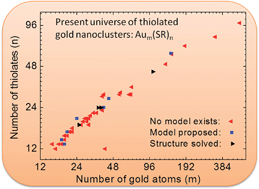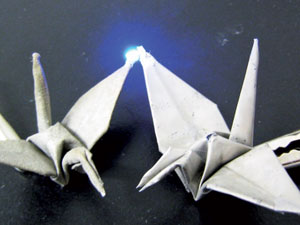The 5th edition of the international meeting on Nanoelectrochemistry (ElecNano 5) was held in Bordeaux at the ENSCBP Engineering School from 15th to 17th May 2013. This conference is organized biannually by the electrochemistry group of the French Chemical Society (SCF). The 2013 edition gathered participants from 20 different countries and the topic was dedicated to “Electroanalysis and the Nanoscale”.
Overall, the program scheduled 42 oral contributions including 4 keynote lectures (Pr. Henry S. White, University of Utah, USA; Pr. Hubert Girault, EPFL Lausanne, Switzerland; Pr. Joseph Wang, UCSD, USA and Pr. Richard J. Nichols, University of Liverpool, UK) as well as a poster session with 46 presentations.
For the first time, poster awards were sponsored by RSC Publishing through the journal Nanoscale. More than 30 candidates were competing for the awards and an independent committee nominated three laureates who won a prize of 100 euros each as well as a RSC certificate.
The three winners are:
- Izabela Kaminska, Institute of Physical Chemistry, Polish Academy of Sciences, Warsaw, Poland: “Indium tin oxide nanoparticulate film decorated with gold”
- Lita Lee, MacDiarmid Institute for Advanced Materials and Nanotechnology, Department of Chemistry, University of Canterbury, Christchurch, New Zealand: “Preparation of a monolayer of carboxylate groups based on the electroreduction of a protected aryldiazonium salt”
- Milica Sentic, University of Bordeaux, Institute of Molecular Sciences, Pessac, France: “Electrochemiluminescence imaging at the single bead level: New approach to investigate the ECL mechanism”
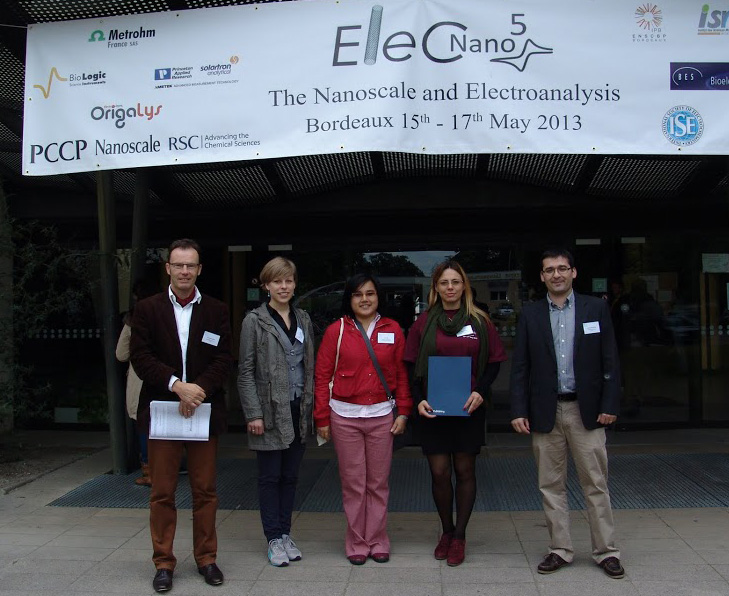
From left: Alexander Kuhn (Chair of the conference), Izabela Kaminska (Polish Academy of Sciences, Poland), Lita Lee (University of Canterbury, New Zealand), Milica Sentic (University of Bordeaux, France), Laurent Bouffier (Chair of the poster award committee)
By Prof. Alexander Kuhn (Chair of the conference), Dr Laurent Bouffier (Chair of the poster award committee)











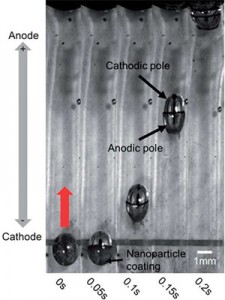
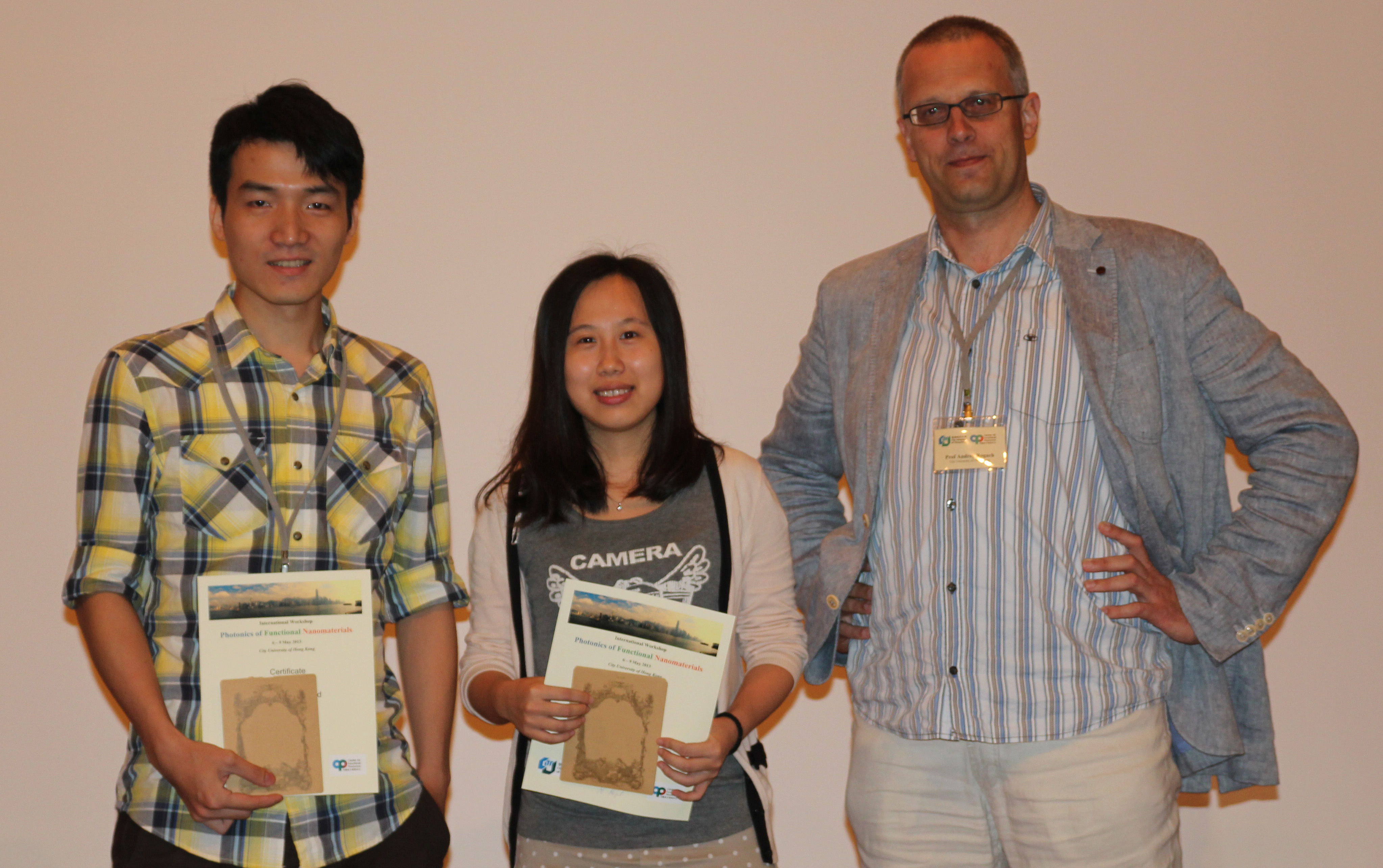
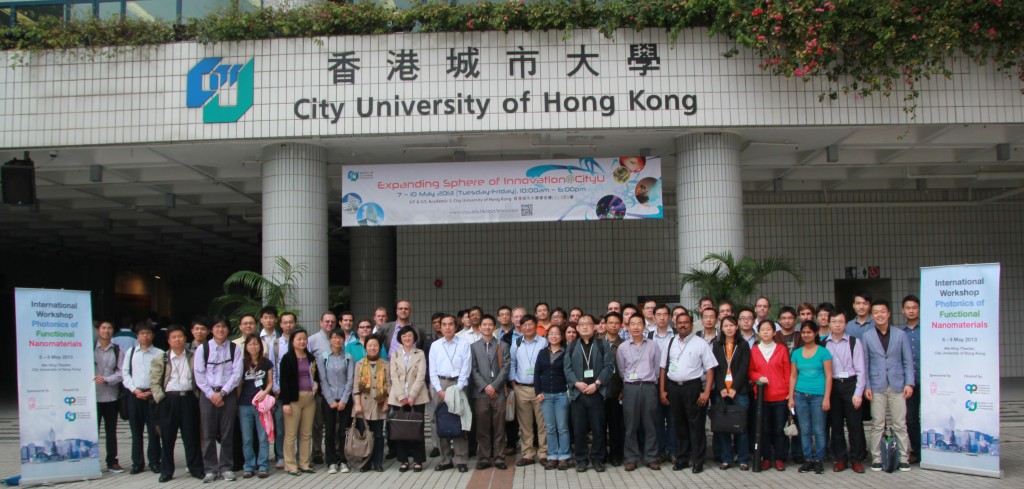
 We are very pleased to announce that Nanoscale has been accepted for coverage in the prestigious
We are very pleased to announce that Nanoscale has been accepted for coverage in the prestigious 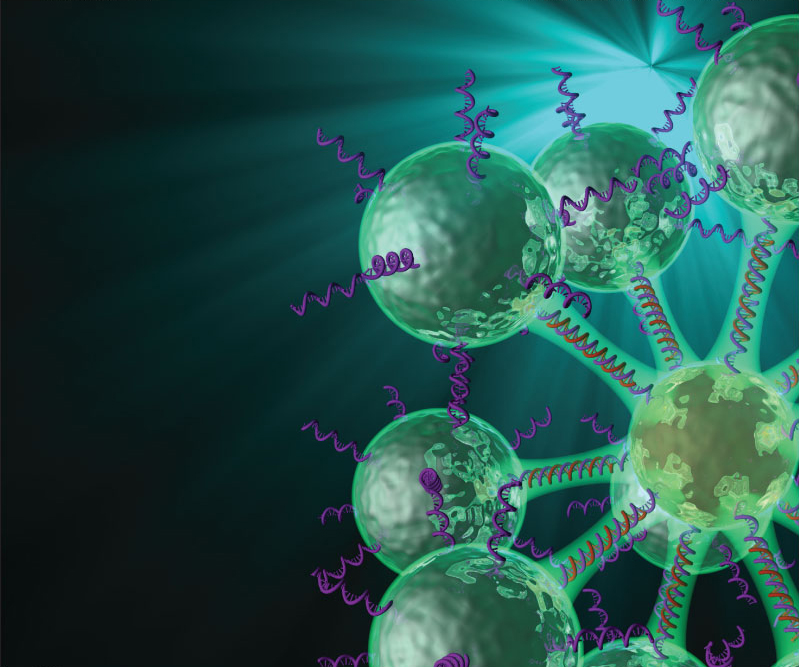
 “Thiolated gold nanoclusters form a universe of their own”, writes De-en Jiang in the first line of his
“Thiolated gold nanoclusters form a universe of their own”, writes De-en Jiang in the first line of his